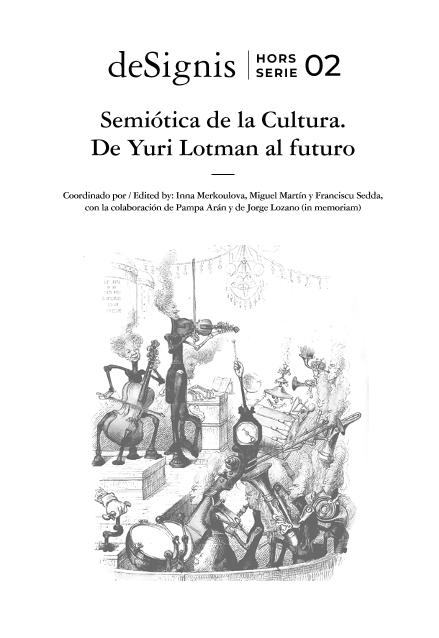Artículo
El ser humano coexiste con la muerte, raíz de un universo emocional que ha dado lugar a una variedad cultural sorprendente de expresiones simbólicomateriales. En la actualidad, este universo se hace cuerpo al desmaterializarse en el ambiente digital, lo cual permite a los estados afectivos propagarse de manera espacial y temporal. Además, convierte a la muerte en un “problema” –una presencia difundida– que ti - pologiza nuestro tiempo. La presente contribución pretende abordar este fenómeno enfocándose en la relación entre la muerte impredecible y el imaginario colectivo. Se hará específica referencia a un constructo audiovisual muy popular, el Coffin dance meme, creado en la red durante la explosión de la pandemia por covid-19. The human being coexists with death as the root of an emotional universe that has given rise to a surprising cultural variety of symbolic-material expressions. At present, this universe takes shape by dematerializing in the digital environment, which allows affective states to propagate spatially and temporarily. Moreover, it turns death into a “problem” (a widespread presence) that typologises our time. The present contribution aims to address this phenomenon, focusing on the relationship between unpredictable death and collective imaginary. Specific reference will be made to a very popular audiovisual construct, the Coffin dance meme, generated on the web during the explosion of the pandemic by covid-19.
Sobre la semiótica de la muerte para pensar en el tiempo presente
Título:
On the semiotics of death to think about the present age
Fecha de publicación:
11/2022
Editorial:
Federación Latinoamericana de Semiótica
Revista:
deSignis
ISSN:
1578-4223
e-ISSN:
2462-7259
Idioma:
Español
Tipo de recurso:
Artículo publicado
Clasificación temática:
Resumen
Archivos asociados
Licencia
Identificadores
Colecciones
Articulos(SEDE CENTRAL)
Articulos de SEDE CENTRAL
Articulos de SEDE CENTRAL
Citación
Gherlone, Laura; Sobre la semiótica de la muerte para pensar en el tiempo presente; Federación Latinoamericana de Semiótica; deSignis; 2; 11-2022; 261-271
Compartir




